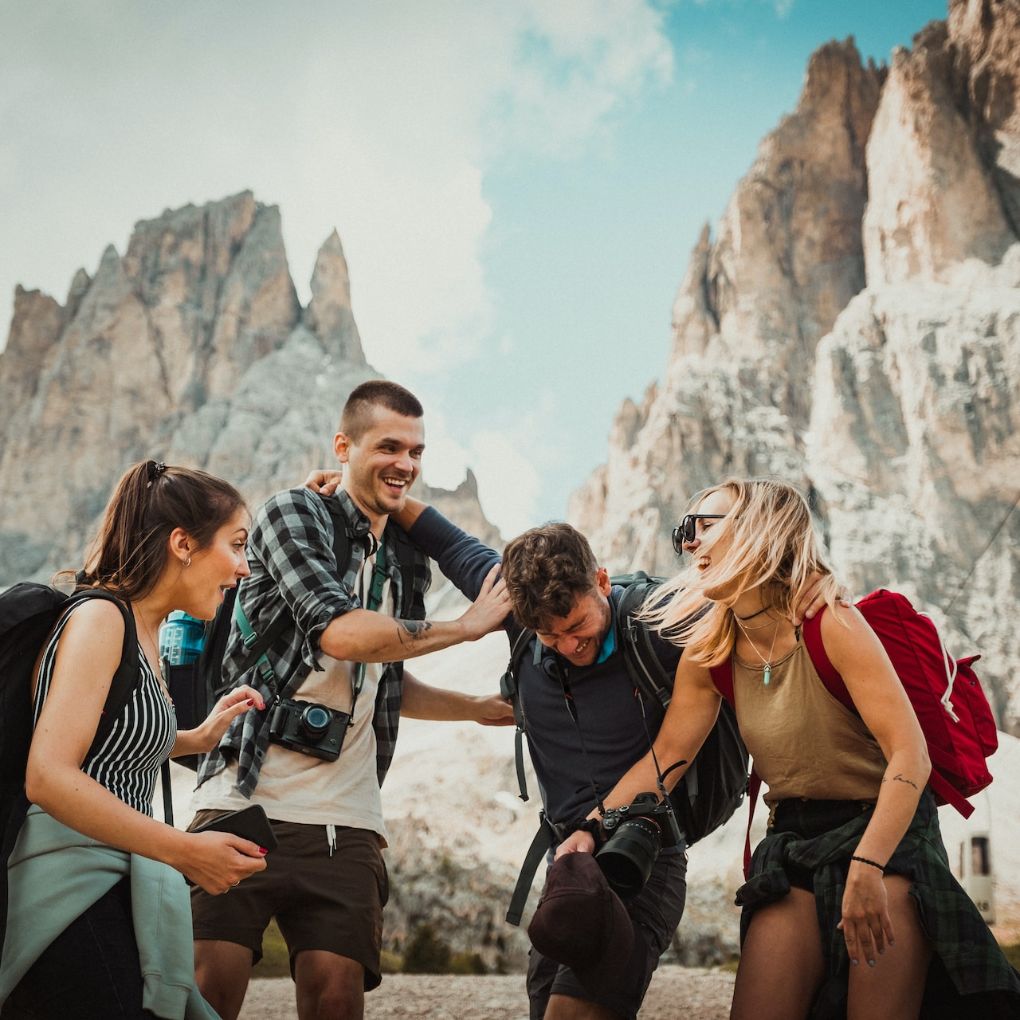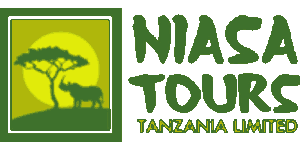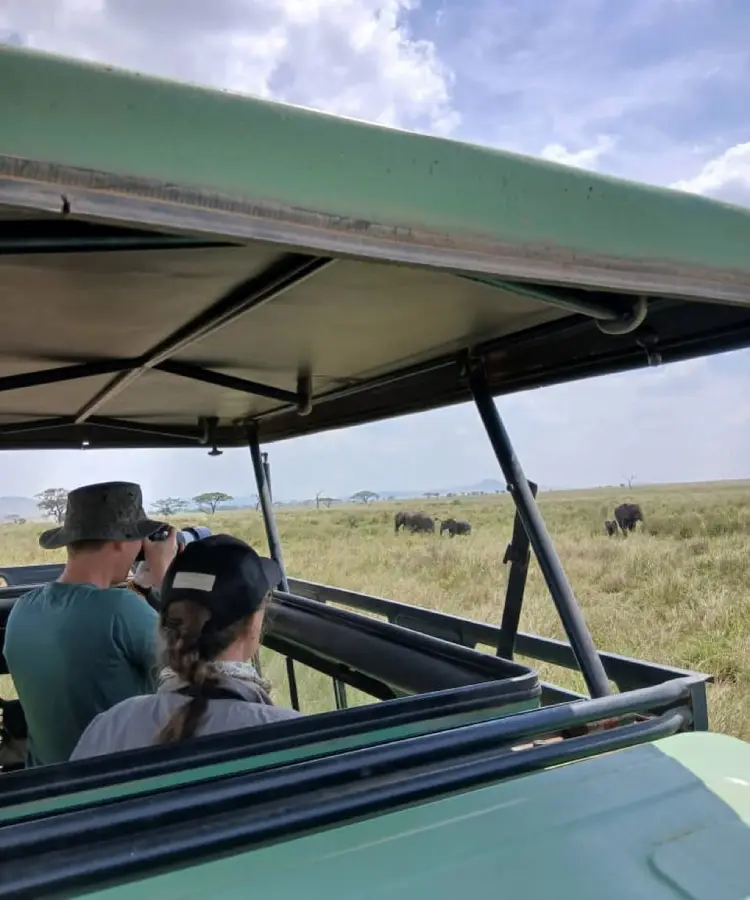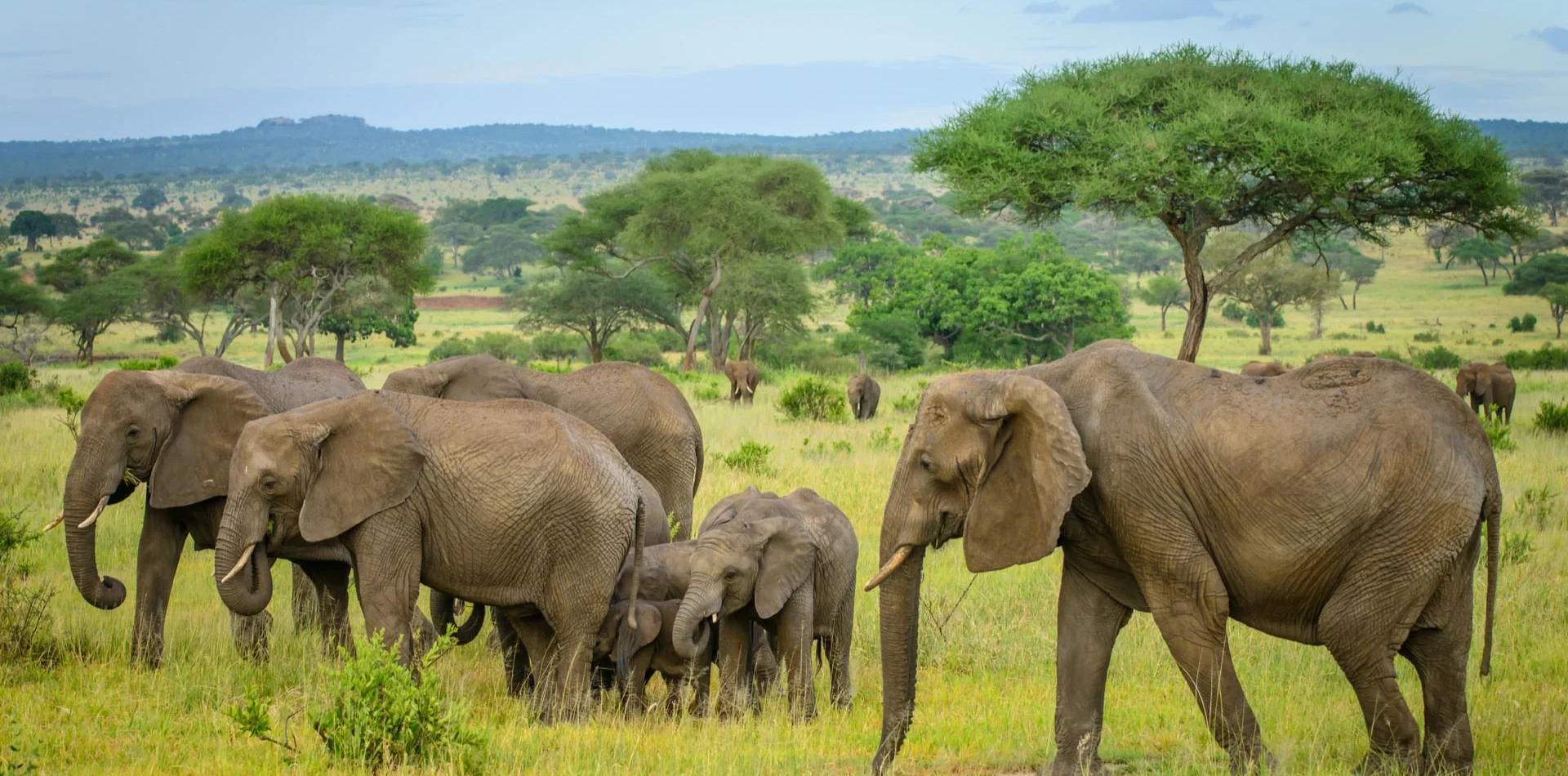
Tarangire Day Trip
About This Safari
Tour Highlights
Best Time to Visit
June to October is ideal, with dry weather and abundant wildlife near water sources. The lush wet season offers scenery but fewer visible animals.
how to go there
Tarangire is a 2–3-hour drive from Arusha. Most visitors arrive by car or guided tour, offering easy access and local insights.
wildlife
See massive elephant herds, lions, leopards, giraffes, zebras, and birdlife including lilac-breasted rollers and hornbills—a paradise for animal lovers & photographers.
Attractions
Explore towering ancient baobabs, the scenic Tarangire River, seasonal swamps, and nearby Maasai villages for a mix of nature and culture experiences.
| Detail | Information |
|---|---|
| Private Day Trip | Starting at US $550 per person (based on a group of 7) |
| Solo Travelers | Around US $500 per person |
| Location | Northern Tanzania (Approx. 2 hours from Arusha) |
| Duration | Full Day (Approx. 10–12 hours) |
| Ideal For | Nature lovers, bird watchers, photographers, first-time or repeat safari-goers |
Tour Details
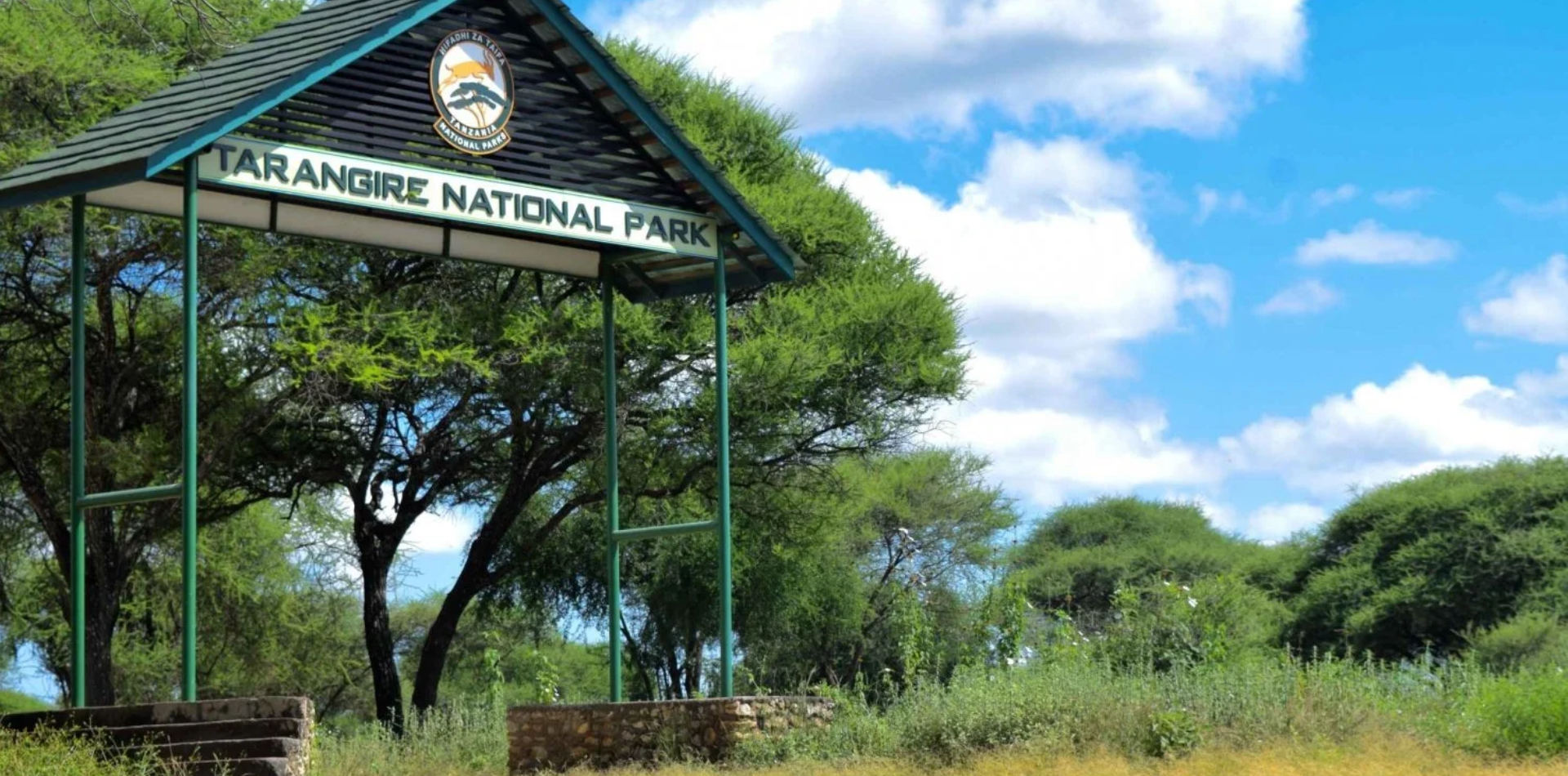
6:00 AM – Departure from Arusha / Karatu
- Early start! Your guide will meet you at your lodge or hotel with a safari-ready 4x4 vehicle. It’s quiet out—still a little cool before the sun gets serious.
- Grab a coffee or carry a packed breakfast from your lodge.
- The drive is peaceful: rolling hills, scattered villages, acacia trees, and morning light creeping across the savannah.
Optional stop: Quick break at a local roadside cafe or a viewpoint over Lake Manyara (if coming from Karatu).
8:00 AM – Arrive at Tarangire National Park Gate
- You'll stop briefly at the main gate (Tarangire Gate) to register and stretch your legs.
- Right from the entrance, you may spot your first giraffes or impalas grazing near the road—it starts early here.
Note: Tarangire is known for its dramatic baobab trees—some centuries old—and its massive elephant population, especially in the dry season.
8:30 AM – Begin Game Drive
- Once inside the park, you’re immediately immersed in the wild. Your guide will lower the pop-up roof so you can stand, breathe it in, and start spotting wildlife.
- Keep your eyes peeled for:
- Elephants—huge herds crossing the plains or cooling off near the river
- Lions, often lounging under trees
- Zebras, wildebeest, ostriches, warthogs, and dozens of bird species
- The occasional leopard in a tree or cheetah in the distance (with luck!)
- And the park’s unsung hero: the baobab tree—massive, ancient, and eerily beautiful.
- Your guide will likely take you along the Tarangire River, the park’s lifeblood and an animal magnet, especially in the dry months (June–October).
11:30 AM – Mid-Morning Stop / Stretch / Photos
- Pull over for a short break. Maybe grab a snack, take photos near a particularly dramatic baobab, or just enjoy the silence—Tarangire is less crowded than Serengeti or Ngorongoro.
- This is the kind of place where time slows down.
12:30 PM – Picnic Lunch at Matete or Tarangire Picnic Site
- These are designated areas with tables and views of the savannah or river. It’s wild but safe.
- Enjoy a packed lunch from your lodge while watching vervet monkeys, birds, or even elephants in the distance.
- There’s something surreal about eating lunch while looking across golden plains filled with wildlife.
1:30 PM – Afternoon Game Drive
- The heat is rising, and animals begin to move toward water. This is a great time to:
- Spot elephants bathing in the river or mud
- Visit swamps where buffalo, hippos, and rare antelope cool off
- Try your luck again with big cats or elusive creatures like honey badgers or bat-eared foxes
- For bird lovers, Tarangire is gold: over 500 species, including lilac-breasted rollers, hornbills, eagles, and even the endangered yellow-collared lovebird.
3:30 PM – Exit the Park & Begin Return Journey
- Slowly drive out of the park, eyes still scanning for any last-minute sightings. You might see elephants crossing right in front of the car or giraffes silhouetted against the late-afternoon sky.
- You’ll pass through Maasai lands again—kids waving, cattle crossing dusty roads, and that golden late-day light that makes everything glow.
5:30 PM – Optional Coffee or Curio Stop
- On the way back to Arusha or Karatu, stop for a quick coffee or to browse a local craft shop.
- Stretch, chat, maybe pick up a handmade carving or a Tanzanian textile as a memento.
6:30–7:00 PM – Return to Your Lodge / Hotel
- Back at your base, dusty and smiling.
- After a hot shower and a cool drink, dinner tastes even better when you’ve shared your day with elephants, baobabs, and the slow rhythm of the savannah.
What To Bring
- Camera or phone with plenty of memory
- Binoculars (essential in this bird paradise!)
- Sunglasses, hat, and sunscreen
- Light layers (mornings are cool, afternoons can be hot)
- Reusable water bottle
- A sense of curiosity—and patience. Nature runs on her own schedule.
Why Tarangire?
- It’s quieter than other parks—less traffic, more intimacy.
- The baobabs give it a prehistoric feel you won’t find elsewhere.
- It’s a hidden gem with some of the highest elephant densities in the world during peak season.
- You come here to feel Africa, not just see it.
Inclusions & Exclusions
- Day Trip According to the Itinerary.
- Transportation in A 4×4 Safari Vehicle.
- Professional, English-Speaking Guide.
- Meals According to the Itinerary.
- Mineral Water.
- All Mentioned Activities.
- All National Park Fees.
- Alcoholic Drinks at your accommodation.
- Personal needs.
- International airfares.
- Travel insurance.
- Tips
Tour Map
Tour Gallery
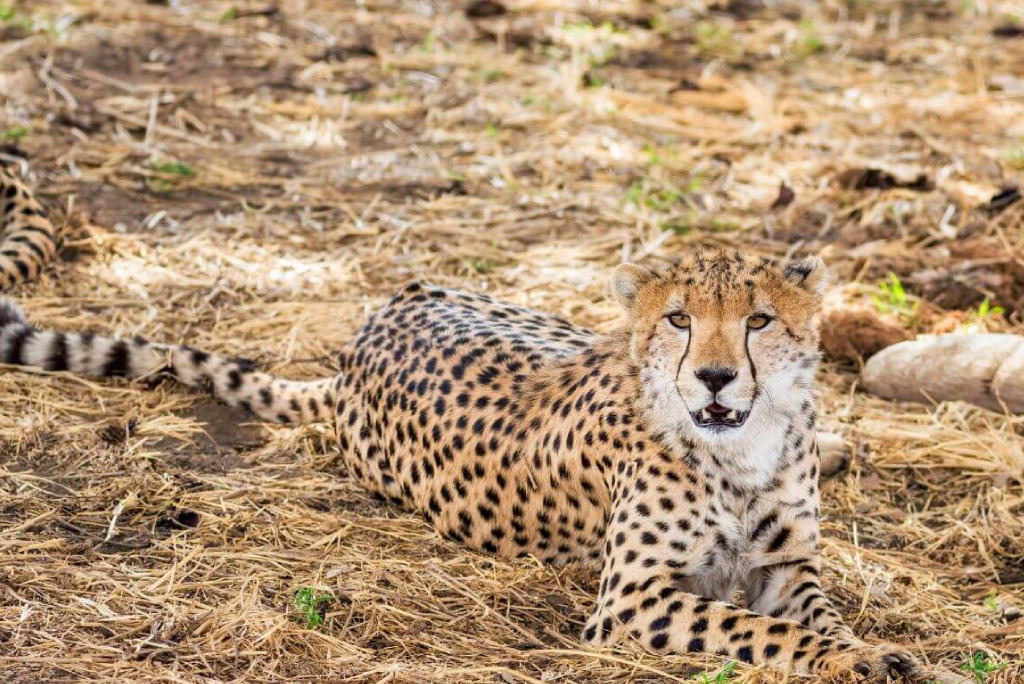
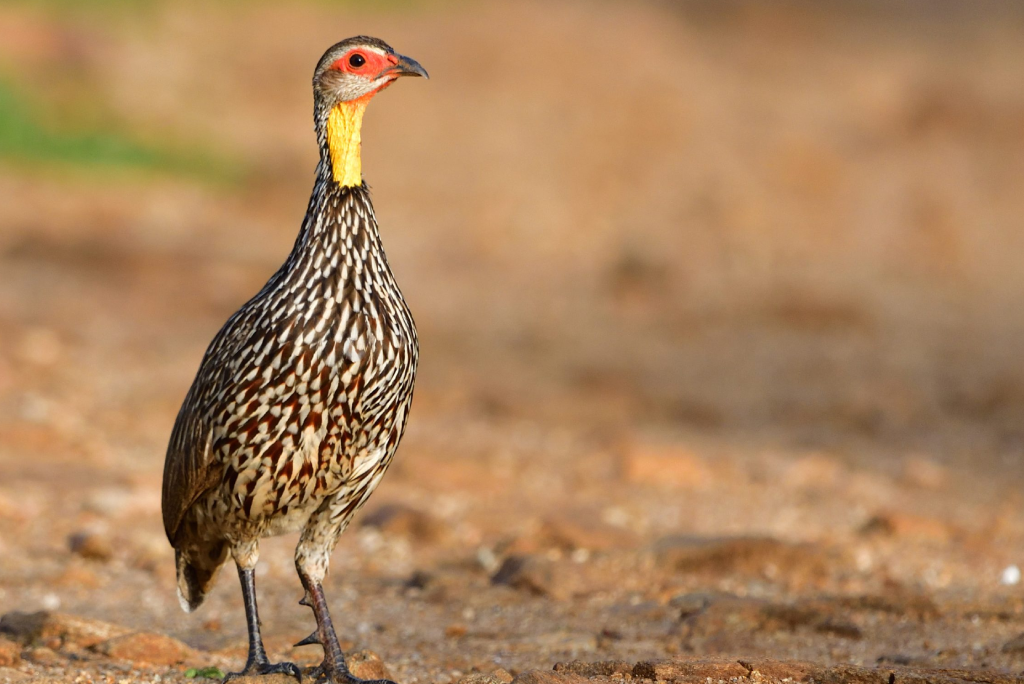
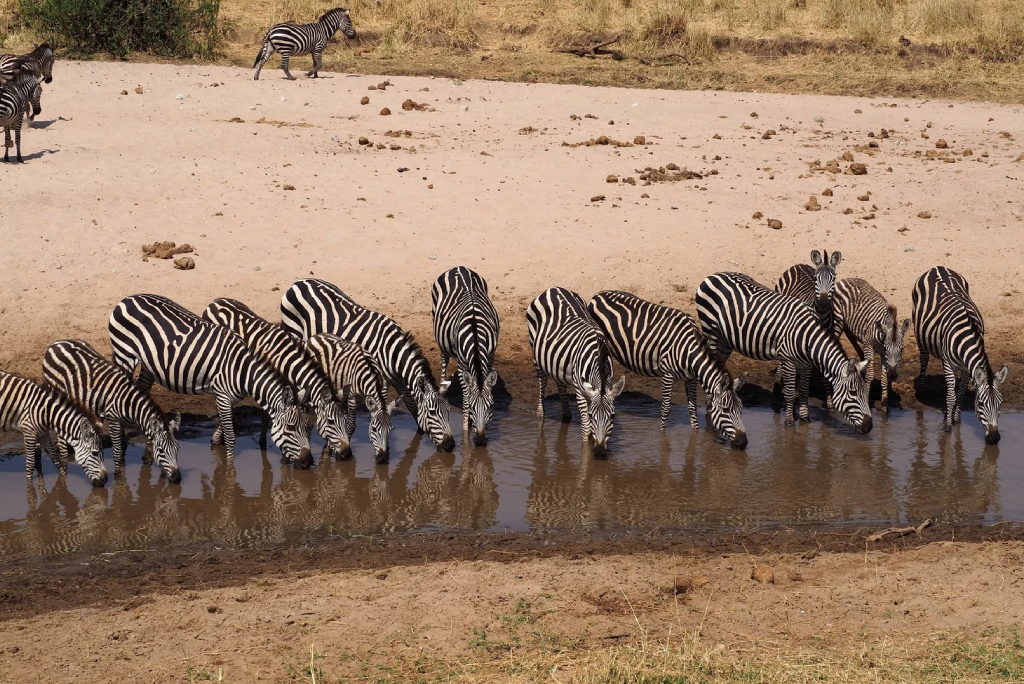
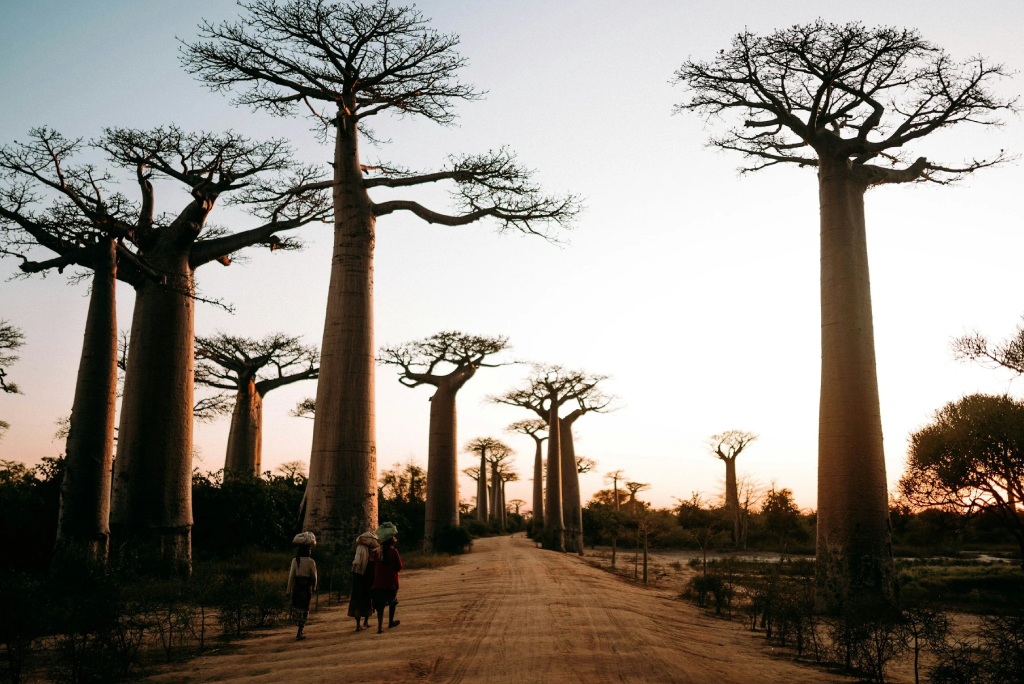
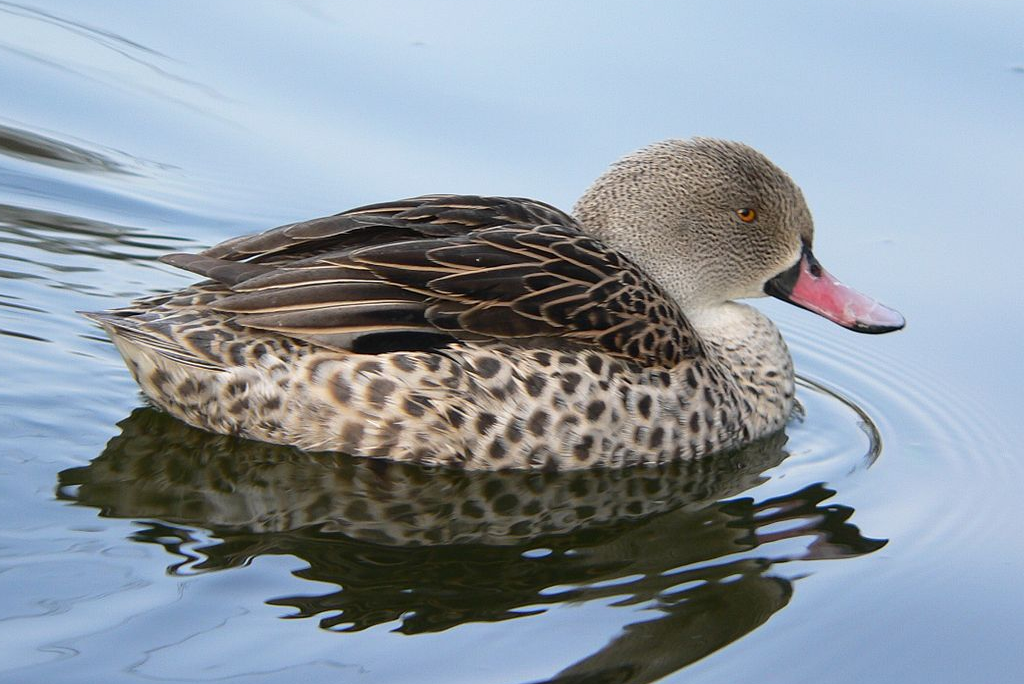
Related Tanzania Day Trips
Given the off-road terrain that will be encountered, a bike that can adequately tackle this is also essential. A gravel bike is usually a popular option for bikepacking.
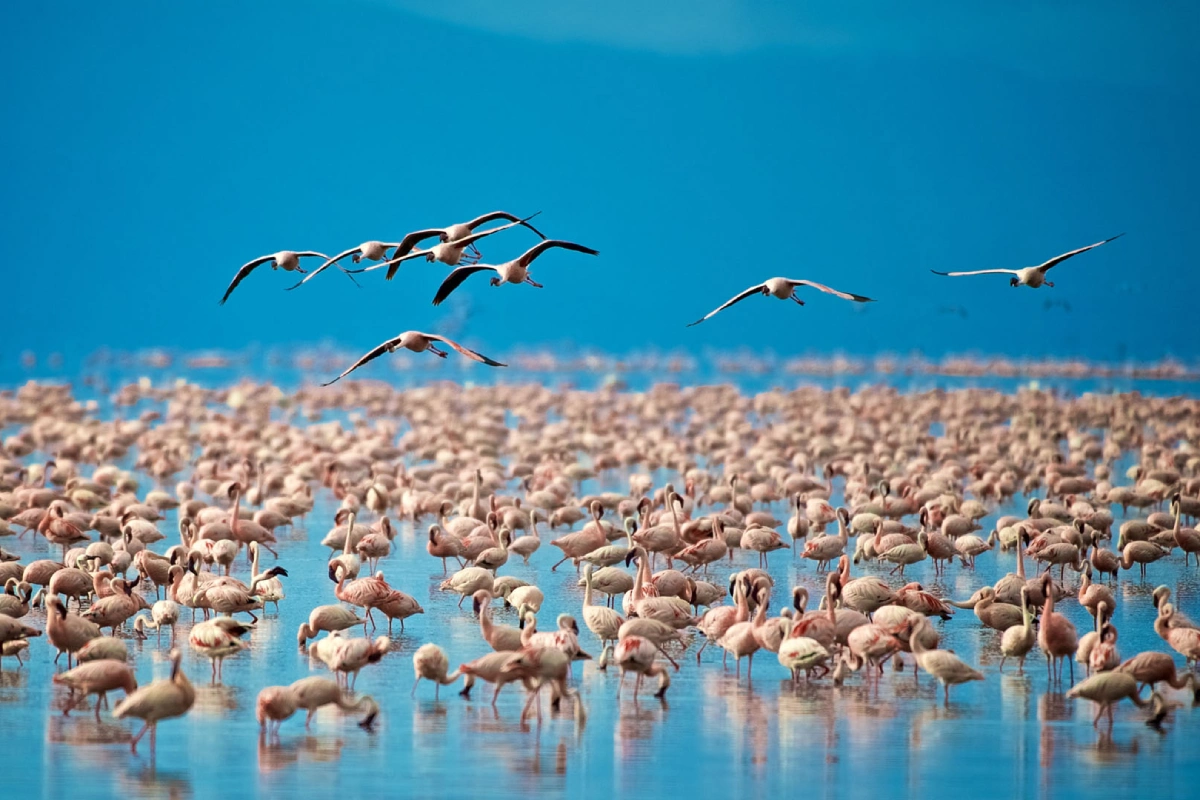
Lake Manyara Day Trip
Explore Lake Manyara on a day trip from Arusha, spotting wildlife, flamingos, and tree-climbing lions before returning by evening.
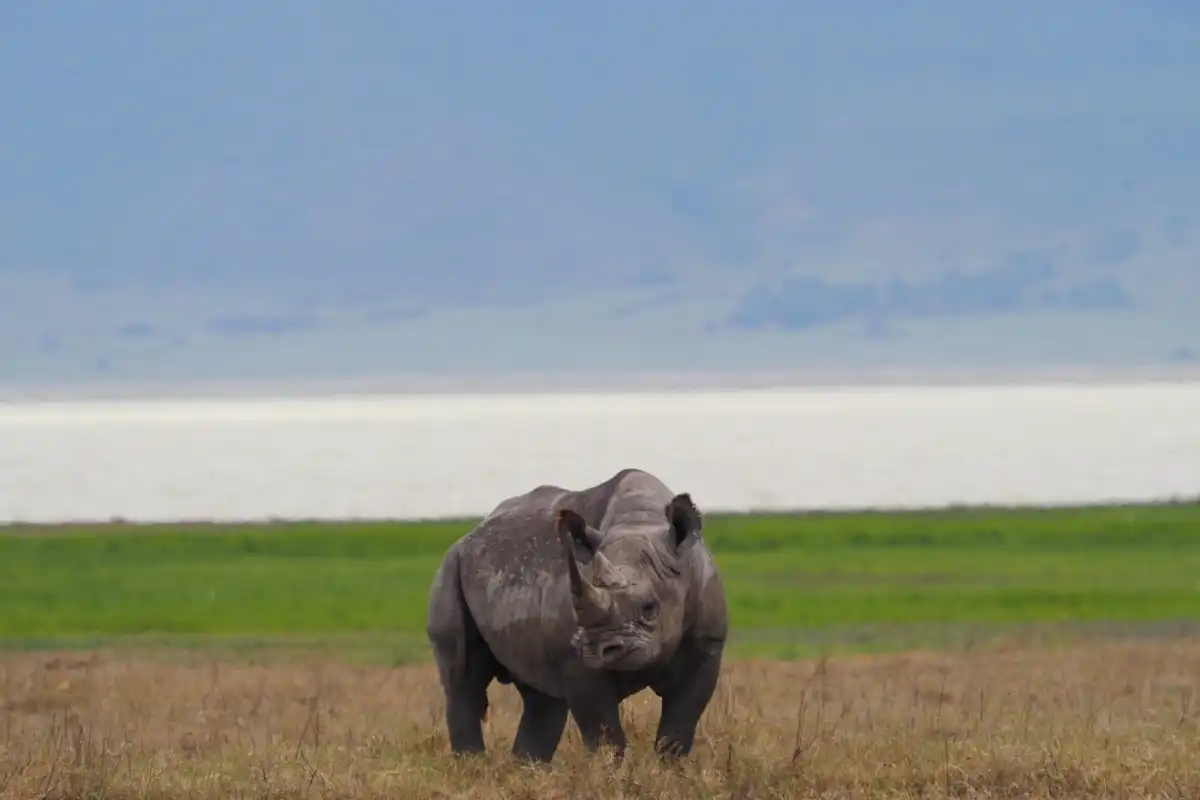
Ngorongoro Day Trip
Ngorongoro Crater, a UNESCO World Heritage Site, hosts the Big Five, diverse ecosystems, and breathtaking views on Tanzania safaris.
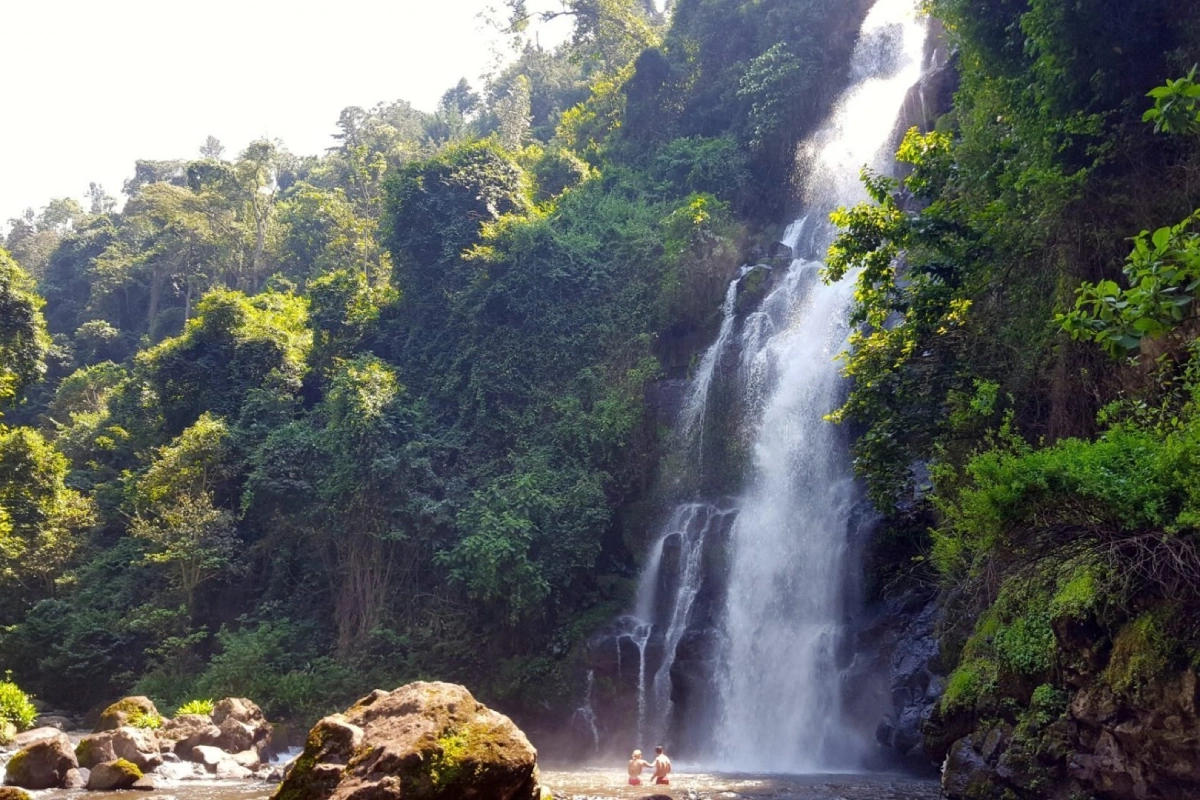
Ndoro Waterfalls
Visit Ndoro Waterfalls and a Chagga village, enjoy scenic hikes, Kilimanjaro views, swimming, and cultural coffee experiences in Tanzania.
We make it easier for everyone to experience the world
Ready to explore Tanzania’s natural wonders? We’re here to help! Whether you’re planning a once-in-a-lifetime safari or a peaceful nature escape, our team makes travel easy and personal. Reach out today—let’s turn your dream of exploring Tanzania and beyond into reality. We make it easier for everyone to experience the world, one journey at a time. Contact us today!
Need I help? Talk to an Expert
+255767493713 +255690129757
Safari FAQs
Welcome to Niasa Tours, your trusted guide to unforgettable Tanzania Safaris! Got questions? We’ve got answers. Explore our Tanzania Safari FAQs to learn everything from what to pack to the best times to visit. Let’s make your adventure seamless, exciting, and stress-free. Click below and start planning your dream safari with confidence and expert support!
The dry season from June to October is ideal—animals gather around water sources, making sightings easier. The weather is sunny, and the landscapes are breathtakingly clear.
Pack light, breathable clothing in neutral colours, a hat, sunscreen, insect repellent, binoculars, and a camera. Comfortable shoes and a light jacket for cool mornings are essential.
Yes, Tanzania is generally safe for tourists. Stick with licensed guides and follow park rules. Locals are welcoming, and most safaris are well-organized with professional staff.
Chances are high! Lions, elephants, buffalo, and leopards are commonly seen. Rhinos are rare but possible, especially in Ngorongoro or Serengeti. Every game drive brings surprises!
You’ll find everything from luxury lodges to budget-friendly campsites. Many offer stunning views, delicious meals, and warm hospitality—adding comfort and charm to your wilderness experience.
Yes, consult your doctor before travelling. Common recommendations include Yellow Fever (if coming from an affected country), Hepatitis A/B, and malaria prevention. Health prep ensures a worry-free trip.
A safari of 5–7 days is perfect. It gives you time to explore multiple parks, enjoy diverse wildlife, and soak in Tanzania’s stunning natural beauty without feeling rushed.
What Customers Say About Us
